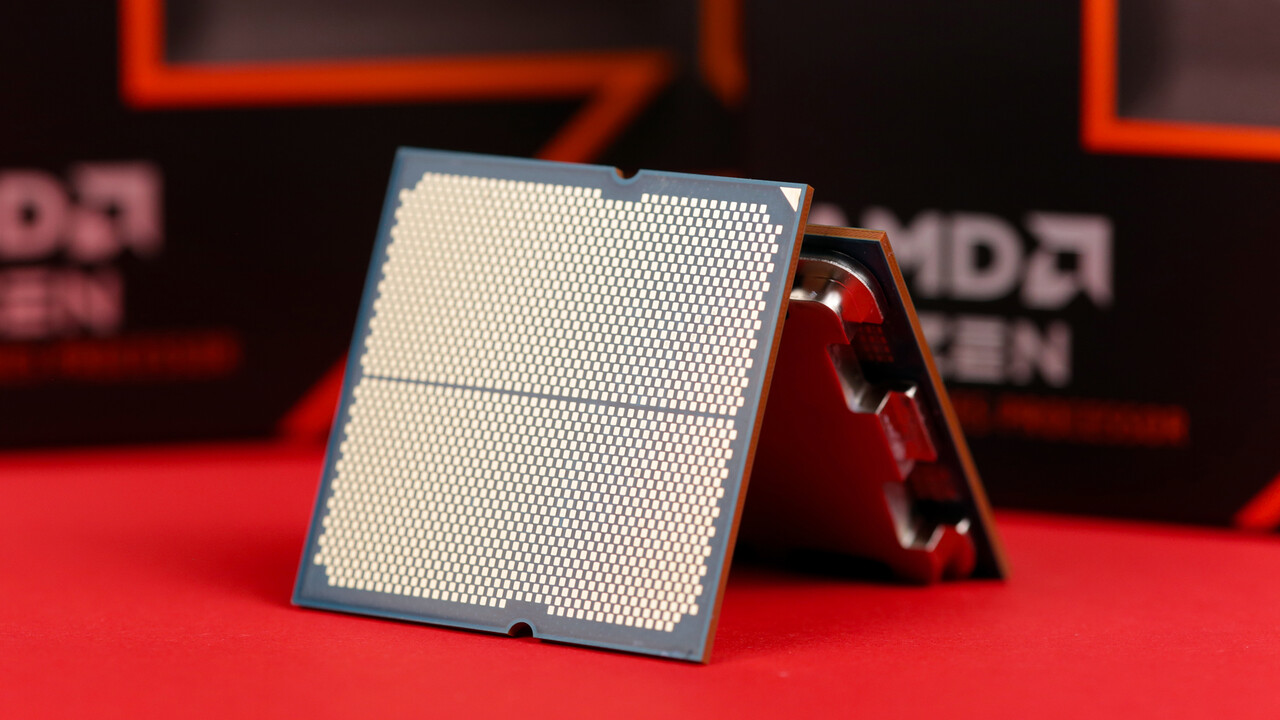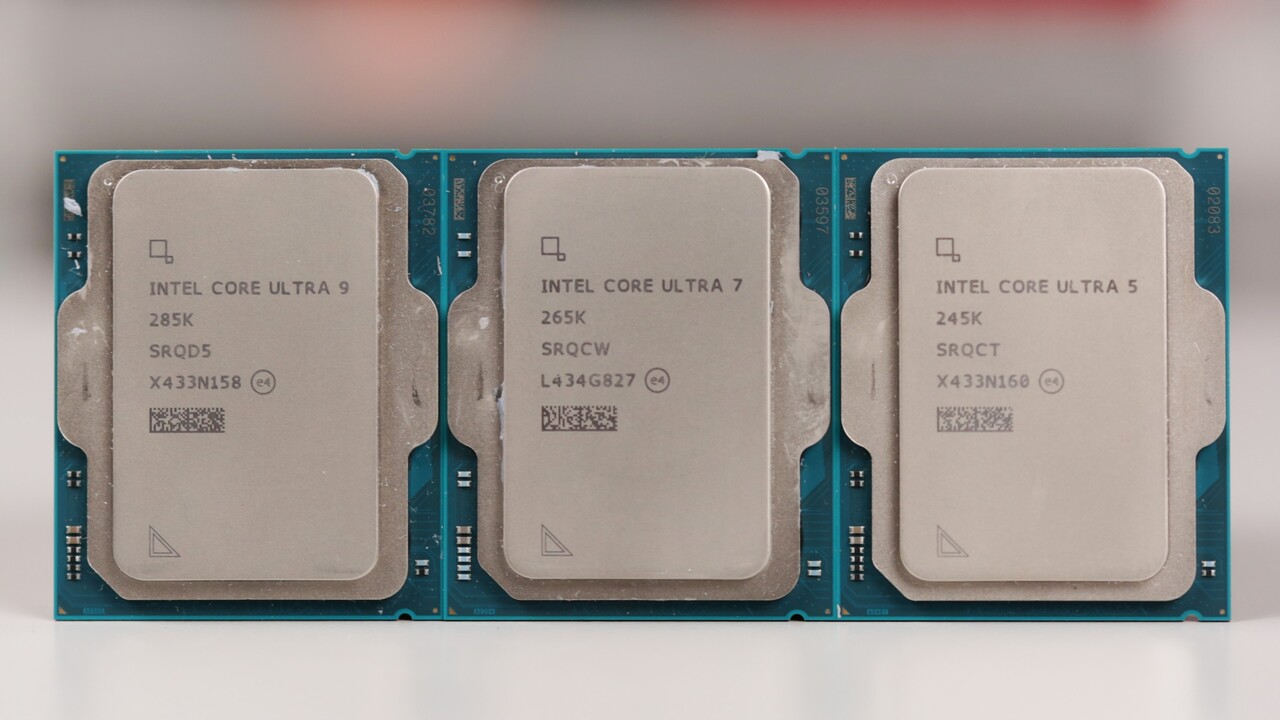Official confirmation: Nvidia builds desktop and laptop chip with MediaTek 66 comments
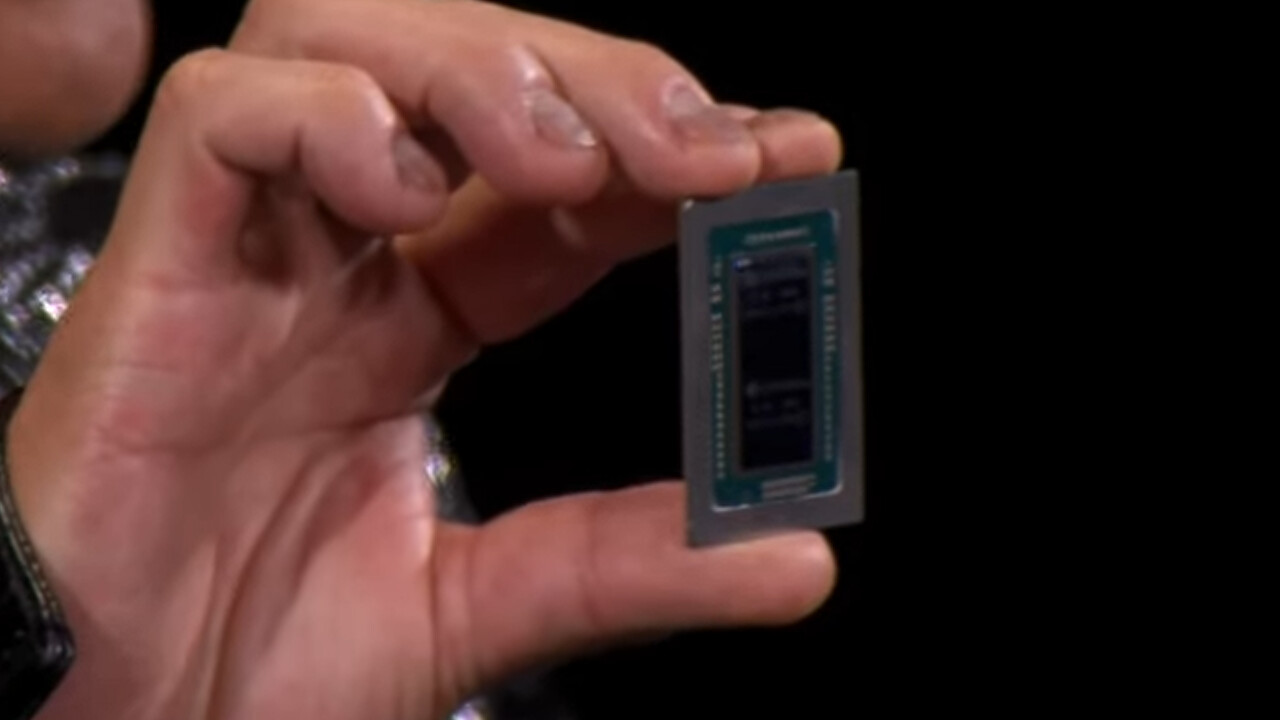
The announcement of the Digits project with a new GB10 chip on Monday evening was already suspicious, but was later confirmed in interviews with Nvidia CEO Jensen Huang: Nvidia will build a desktop chip in collaboration with MediaTek and offer it through the main OEM partners. There is no official timetable.
Since the GB10 chip used in Project Digits is already in mass production, as the Nvidia boss pointed out, work on the desktop chip is likely already well underway. The know-how is probably quite similar. In the simplest case, the professional GPU is replaced by a GeForce and a few cores of the CPU are disabled, and the solution is ready. But it’s probably not that simple, because, for cost reasons alone, a smaller chip (die) should be targeted.
For GB10, Nvidia uses commercially available Arm cores
Nvidia does not use custom ARM cores in the GB10, although the Grace solution initially involves it. But Arm also wanted to take some of the credit for the presentation and revealed the technical data of the Grace chip of the GB10: Arm Cortex-X and Cortex-A technology is used, more precisely 10 Arm Cortex-X925 and 10 Cortex- A725. CPU-cores.
These CPU cores from Arm are among the newest and were revealed in May last year. At the time, MediaTek positioned itself as one of the first buyers, as we can see at the end of the year with the Dimensity 8400: this uses only the fastest cores and does without additional small and efficient cores. which are generally common in smartphones. .
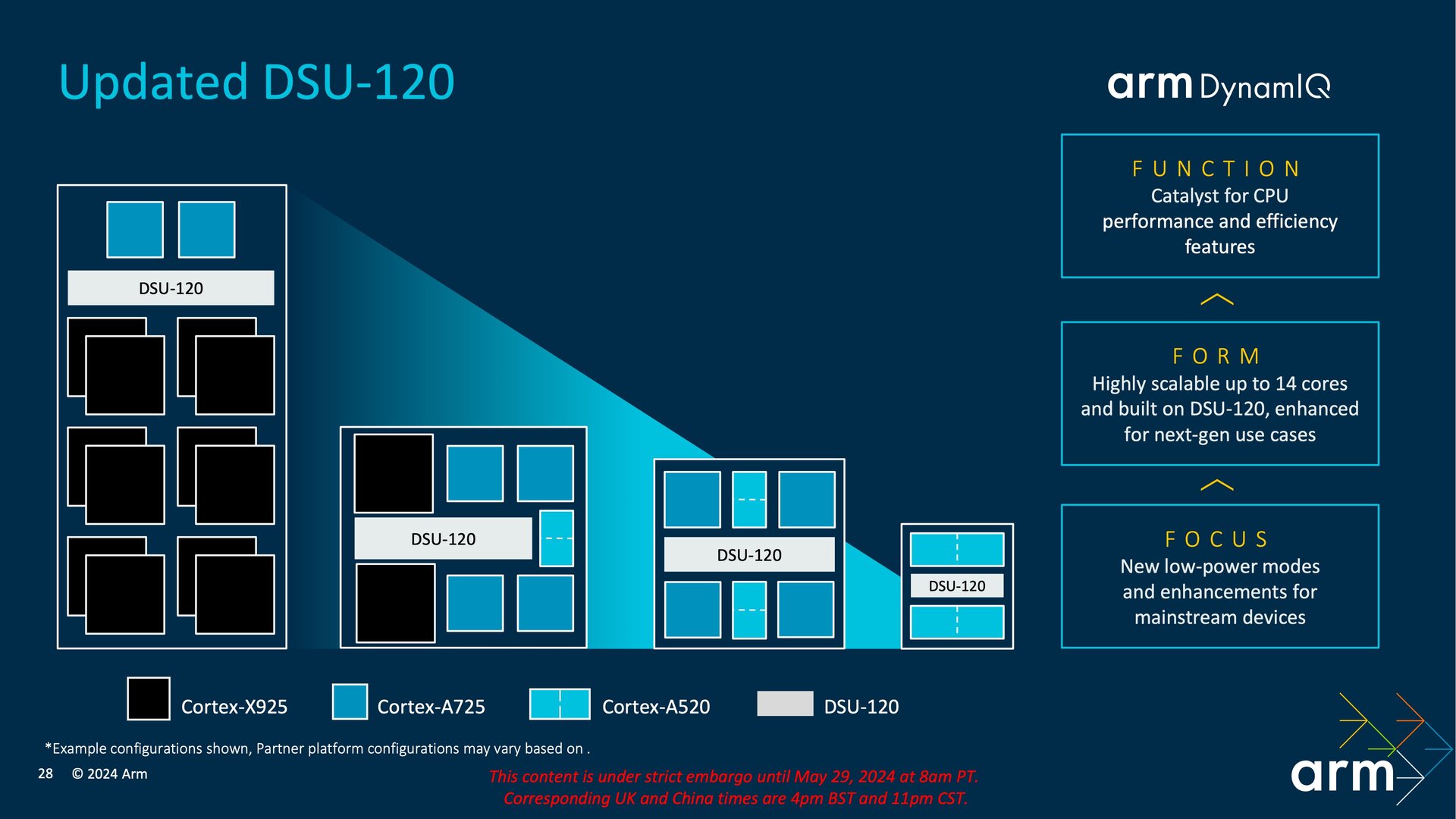 DSU-120 updated for up to 14 cores (Image: Arm)
DSU-120 updated for up to 14 cores (Image: Arm)
Arm speculated last year that a 12+2 design, twelve Cortex-X925s and two Cortex-A725s, could become common in laptops. If Nvidia sticks to commercially available hardware, a similar structure for its solution could be possible, but then combined with its own GPU unit.
Ultimately, Nvidia already has the right case for this: in NUC format, something like this also works on the desktop. In any case, it should not be too expensive, but rather aimed at the general public, Huang concluded. Regarding the software, it has been said that Nvidia wants to bridge the gap between Linux and Windows, without going into details.
We’re going to make it a mainstream product. We will support it with everything we do to support professional and high-quality software, and PC (manufacturers) will make it available to end users.
Jensen Huang, CEO of Nvidia
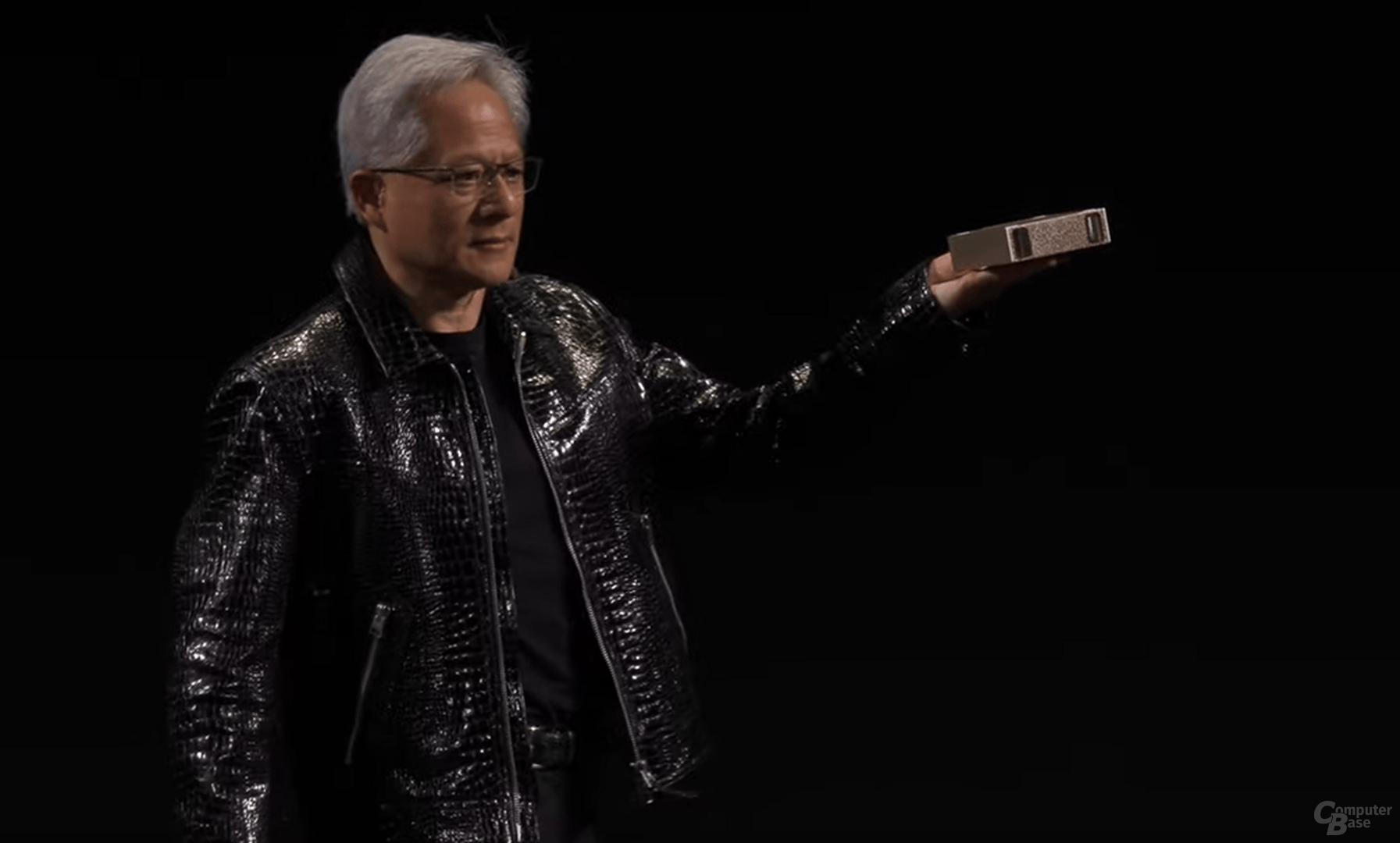 Nvidia Project Figures Themes: CES 2025 MediaTek Processors NvidiaQuelles: Reuters
Nvidia Project Figures Themes: CES 2025 MediaTek Processors NvidiaQuelles: Reuters

Marc deciphers processors by testing their performance for gaming, content creation, and artificial intelligence.
